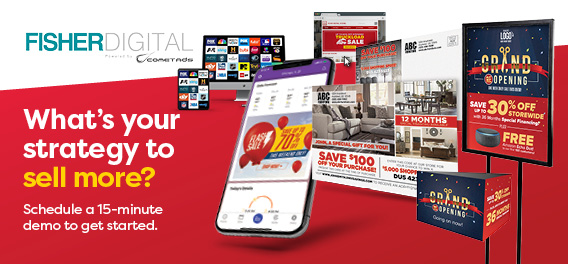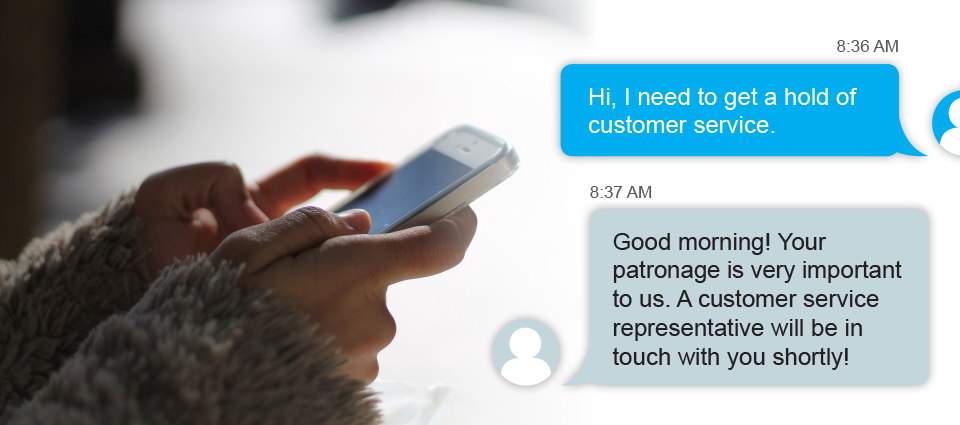Should You Be Using Chatbots?
November 05, 2018Providing excellent customer service is a cornerstone of running a business. Following up on customer service requests is a critical component of customer service.
Yet 62% of companies didn’t respond to a customer service request and of those that did, the average response time to handle a request was 12 hours, according to the recently released 2018 Customer Service Benchmark Report from Super Office.
Clearly, there’s room for improvement. Are chatbots a viable option for responding to customers?
By 2020, chatbots are expected to take over 85% of all customer service interactions. We are going to skip the issue of cost because there are several freemium chatbot services, along with low to high cost options.
Rather, we will examine customer expectations about response time, ways to use chatbots and compare chatbots to other channels. Unless otherwise sourced, all data in this article is from The 2018 State of Chatbots Report, which SurveyMonkey Audience, Drift, Myclever and Salesforce released earlier this year.
Customer Expectations
Chatbots are computer programs designed to simulate conversation with human users. 27% of customers weren’t sure if they had talked to a bot or a human during their last customer service interaction.
How fast do customers expect to get a response after they reach out?
42% of consumers who reach out to companies through social media expect a response within 60 minutes and 32% expect a response within 30 minutes. Of these consumers who have contact companies via social channels, 57% expect the same response time during evenings and on weekends. 89% of customers expect an email response from a company within 1 day.
The odds of getting in touch after a lead first reaches out decreases 10% after the lead waits 5 minutes. These odds decrease 400% after a 10-minute wait.
Customers use phone, email and the website most often to contact a business. The percentage breakdown of consumer contact by channel:
• 60% phone
• 60% email
• 54% website
• 39% face-to-face
• 38% online chat
• 30% mobile app
• 28% social media
• 15% chatbots
• 2% other
These communication channels aren’t without their problems. The most common problems with a traditional online experience include:
• 34% site is hard to navigate
• 31% can’t get answers to simple questions
• 28% basic details about a business are hard to find
• 27% it takes too long to find services
• 26% poorly designed smartphone apps
• 24% search options on a company website aren’t useful
• 23% services are not accessible on mobile devices
• 22% online forms have poor quality
• 18% services feel impersonal
• 16% no services outside normal operating hours
• 10% brand is unresponsive on Twitter
Most customers expect an instant response from multiple customer touchpoints. Expectations for fast responses are highest for online chat, interacting with chatbots and face-to-face meetings. These percentages of customers expect an instant response via these channels:
• 77% online chat
• 75% chatbots
• 73% face-to-face
• 64% telephone
• 55% apps
• 40% social media
• 34% webform
• 27% email
• 16% letter
Not every channel carries the high expectation of an instant response. These percentages of customers expect an answer within 24 hours via these channels:
• 62% email
• 52% webform
• 50% social media
• 37% apps
• 31% telephone
• 24% letter
• 20% face-to-face
• 19% chatbots
• 18% online chat
Uses & Benefits of Chatbots
Chatbots provide an automated way to handle consumer interactions. 69% of consumers prefer chatbots for quick communication with brands
Consumers identified several possible uses for chatbots. Their top practical uses for chatbots include:
• 37% get a quick answer in an emergency
• 35% resolving a complaint/problem
• 35% getting detailed answers/explanations
• 34% finding a human customer service assistant
• 33% making a reservation
• 29% paying a bill
• 27% buying a basic item
• 22% getting ideas and inspiration for purchases
• 22% adding yourself to mailing list/news services
Receiving 24-hour service and getting questions answered were the top benefits consumers thought they would get from interacting with chatbots. Consumers listed these other potential benefits of chatbots:
• 64% 24-hour service
• 55% getting instant responses
• 55% answers to simple questions
• 51% easy communications
• 43% resolve complaints quickly
• 43% good customer experience
• 37% detailed/expert answers
• 35% answers to complex questions
• 32% friendliness and approachability
However, not all consumers want to interact with a chatbot. The top reasons NOT to use chatbots include:
• 43% prefer to deal with a real-life assistant
• 30% worry about the bot making a mistake
• 26% prefer to use the website
• 15% said nothing would stop them from using chatbots (across all age groups)
Chatbots vs. Other Channels
Customers think chatbots are superior to other channels (apps, email and the phone) for getting quick answers to simple questions.
Customers prefer chatbots over apps for the following:
• quick answers to simple questions
• getting 24-hour service
• quick answers to complex questions
• the ability to easily register a complaint
• getting detailed/expert answers
Customers prefer chatbots over email for the following:
• quick answers to simple questions
• 24-hour service
• convenience
• quick answers to complex questions
• good customer experience
• friendliness and approachability
Customers prefer chatbots over the telephone for the following:
• quick answers to simple questions
• 24-hour service
• convenience

